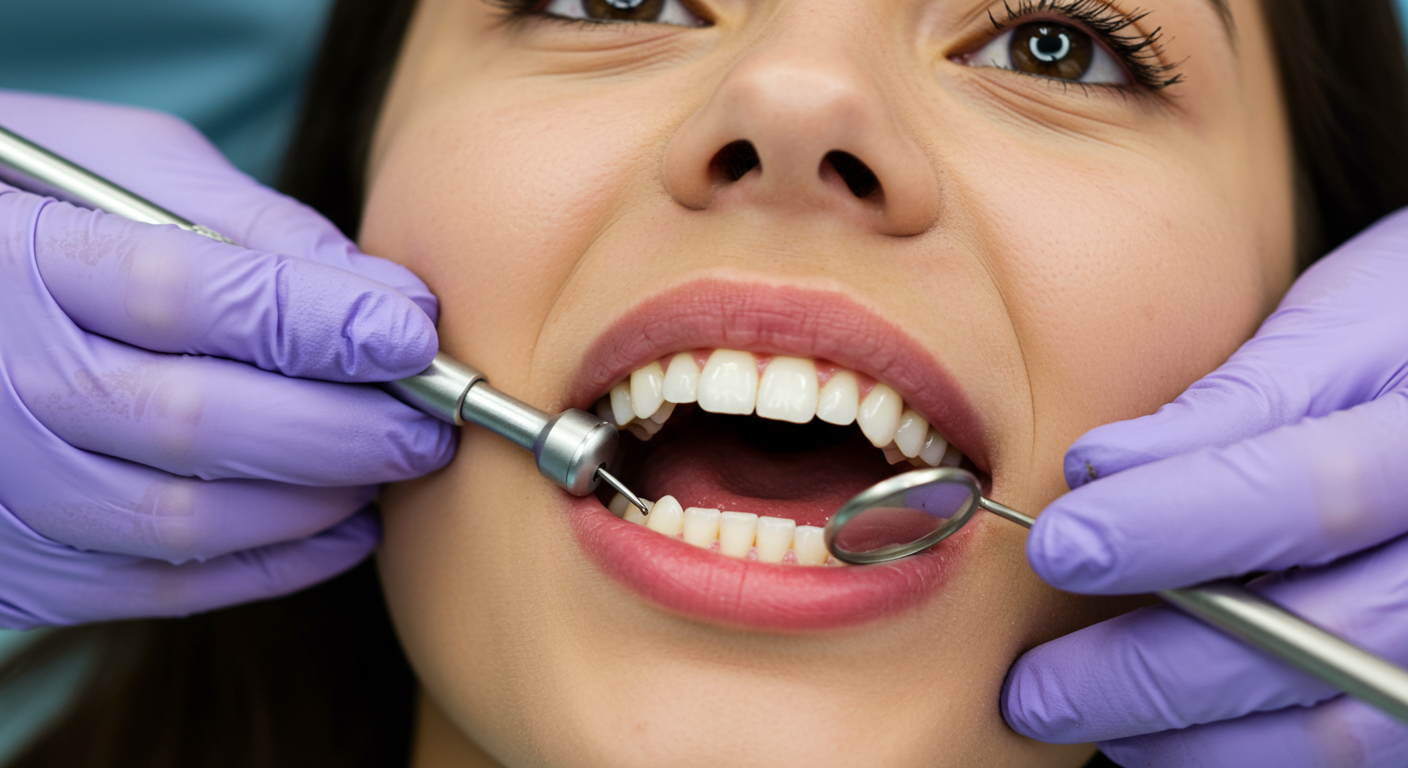If your Invisalign provider mentions "IPR" or "dental stripping," you might feel apprehensive. However, this is a very common, controlled, and painless orthodontic procedure that is often crucial for achieving a perfectly aligned and stable smile.
What is Interproximal Reduction (IPR)?
IPR, or Interproximal Reduction, involves the precise removal of a minuscule layer of outer tooth enamel (typically 0.1mm to 0.5mm) from the sides where teeth contact each other. The goal of this technique, also known as stripping, is to create a very small amount of extra space, allowing teeth to move into their ideal positions. If you are wondering what IPR is for Invisalign, this is its primary function.
Why is IPR Performed?
This procedure is recommended in specific scenarios to ensure the success of the treatment.
To Create Space: This is the number one reason. When using Invisalign for crowded teeth, the lack of space is the core problem. IPR allows the orthodontist to gain just enough room to align the teeth properly, serving as a far more conservative alternative to tooth extraction.
To Improve Aesthetics: Sometimes, due to the triangular shape of teeth, small "black triangles" of empty space can appear near the gums after alignment. IPR can reshape the contact points between teeth, allowing them to fit together more snugly and eliminate these gaps for a seamless smile.
The IPR Procedure: What to Expect
IPR is a quick procedure performed by your dental professional using one of two common methods: flexible abrasive strips that are worked between the teeth manually, or a fine polishing disc on a dental handpiece for more controlled reduction. The amount removed is meticulously planned based on your 3D treatment simulation.
Common Questions About IPR
Is it painful?
No. Tooth enamel has no nerve endings, so you won't feel pain, only pressure or vibration. It is much less invasive than other dental work, so most patients do not find an Invisalign treatment painful because of IPR.
Does it harm the teeth?
When performed correctly by a trained professional, IPR is very safe. The amount of enamel removed is minimal and does not increase the risk of cavities or weaken the teeth, assuming good oral hygiene is maintained.
Is IPR always required?
Not at all. IPR is only used when needed for crowding. If you are seeking Invisalign for diastema closure (gapped teeth), you already have excess space, so IPR would not be part of your treatment plan.
IPR is a precise and conservative tool in modern orthodontics. It is a key technique that enables providers to achieve straight teeth using Invisalign with the highest level of aesthetic finish, often avoiding more invasive alternatives.
